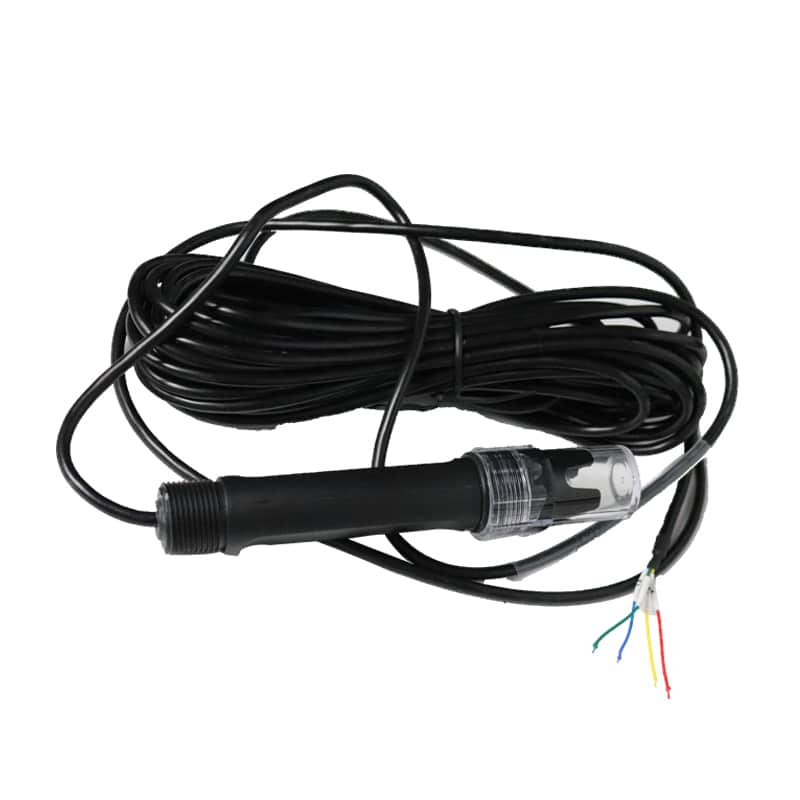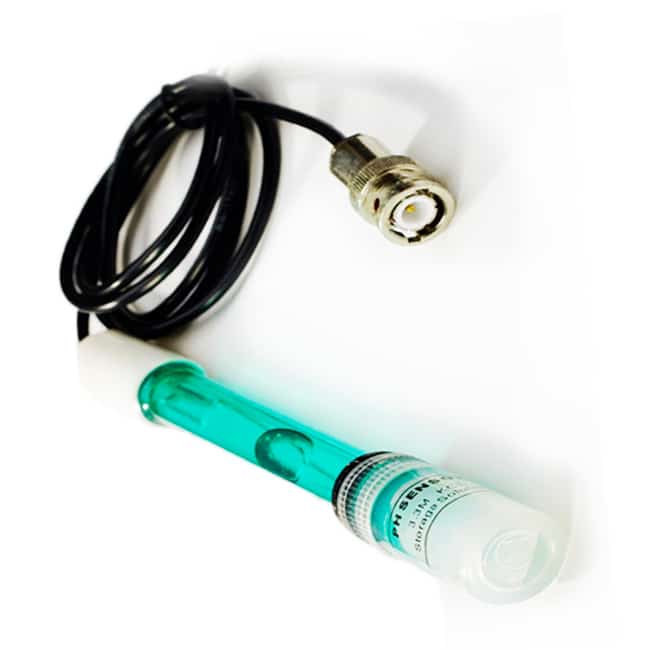Negative pH is possible, but whether an acidic solution actually has a negative pH is not easily determined in the lab, so you cannot accurately measure a negative pH with a pH sensor.
A pH probe is used to detect potential hydrogen (pH), which typically ranges from 0-14. Measuring pH tells us how much hydrogen is present in a substance. It can also tell us how active the hydrogen ions are. A solution with a lot of hydrogen ion activity is an acid. Conversely, a solution with a lot of hydroxide ion activity is a base.
The use of pH sensors in measuring pH is important to a wide range of industries, which is why there are different pH sensors for different applications.
Can you detect a negative pH value?
Although pH values usually range from 0 to 14, it is definitely possible to calculate a negative pH value. A negative pH occurs when the molar concentration of hydrogen ions in a strong acid is greater than 1 N (normal). You can calculate a negative pH when an acid solution produces a molar concentration of hydrogen ions greater than 1.
For example, the pH of 12 M HCl (hydrochloric acid) is calculated as follows
pH = -log[H+]
pH = -log[12]
pH = -1.08
In any case, calculating a negative pH value is different from measuring a solution with a pH probe that actually has a negative pH value.
Using a pH probe to detect negative pH is not very accurate because there is no standard for very low pH values. Most of the inaccuracy comes from the large potential created at the liquid contact of the reference electrode inside the pH probe.
Although many toolkits will state that negative pH may be generated using a pH probe, no examples are given. This may be due to the inability to easily measure or determine negative pH values in the laboratory and the poor availability of buffer standards for pH < 1.
Negative pH and ion dissociation
Another point that should be mentioned is the dissociation of ions.
Although hydrochloric acid is usually calculated in this way, the above pH equation for HCl is not accurate because it assumes that the ion undergoes complete dissociation in a strong acid solution.
It must be considered, however, that the hydrogen ion activity is usually higher in concentrated strong acids compared to more dilute solutions. This is due to the lower concentration of water per unit of acid in the solution.
Since the stronger acid does not dissociate completely in the higher concentration of water when using a pH probe to measure the pH of HCl, some hydrogen ions will remain bound to the chlorine atoms, so the true pH will be higher than the calculated pH.
To understand the negative pH, we must find out if the incomplete dissociation of ions or the increase in hydrogen ion activity has a greater effect. If the increased hydrogen ion activity has a greater effect, the acid is likely to have a negative pH.
How to measure negative pH?
You cannot use a pH probe to measure negative pH, and there is no special pH litmus paper that turns a specific color when negative pH is detected.
So, if litmus paper doesn’t work, then why can’t we just dip the pH probe into a solution like HCl?
If you dip a glass pH electrode (probe) into HCl and measure a negative pH value, a major error occurs, usually displaying an “acid error” to the reader. This error causes the pH probe to measure a higher pH than the actual pH of the HCl. Glass pH probes that give such high readings cannot be calibrated to obtain the true pH of a solution such as HCl.
Special correction factors are applied to pH probe measurements when negative pH values are detected in real world situations. The two methods commonly used to measure these measurements are called “Pitzer’s method and MacInnes’ hypothesis”.
The Pitzer method for solution ion concentration is widely accepted to estimate single ion activity coefficients, and to understand the MacInnes hypothesis, we can look at HCl. The MacInnes hypothesis states that the individual coefficients for aqueous solutions such as H+ and Cl- are equal.
Examples of negative pH environments
Negative pH values can be found in acidic water flows from natural water to mine drainage.
The two most significant sources of very low pH in natural water are magmatic gases (found in vents and crater lakes) and hot springs.
Some examples of the lowest pH values currently reported in environmental samples are
Hot springs near Ebeko volcano, Russia: pH = -1.6
Lake water in the crater of Poas, Costa Rica: pH = -0.91
Acidic crater lake in Kawah Ijen, Java, Indonesia: pH = 0.03-0.3
Conclusion
Negative pH is possible, but whether an acidic solution actually has a negative pH is not readily determinable in the laboratory, so you cannot use a glass pH electrode to accurately measure very low pH values.
It is also difficult to use pH values to detect if the pH of a solution is decreasing due to increased or incomplete dissociation of hydrogen ion activity. In order to measure very low pH values, special electrodes with special correction factors must be used, which is why negative pH values are currently calculated but not detected.
If you have any interest in pH electrodes or other water quality analysis instruments, please feel free to contact our professional level team at Apure.
Other Related Articles:
Dissolved Oxygen Probe How It Works?
Distilled Water vs Purified Water: What’s The Difference?
3 Main Water Quality Parameters Types
Solution of water pollution


